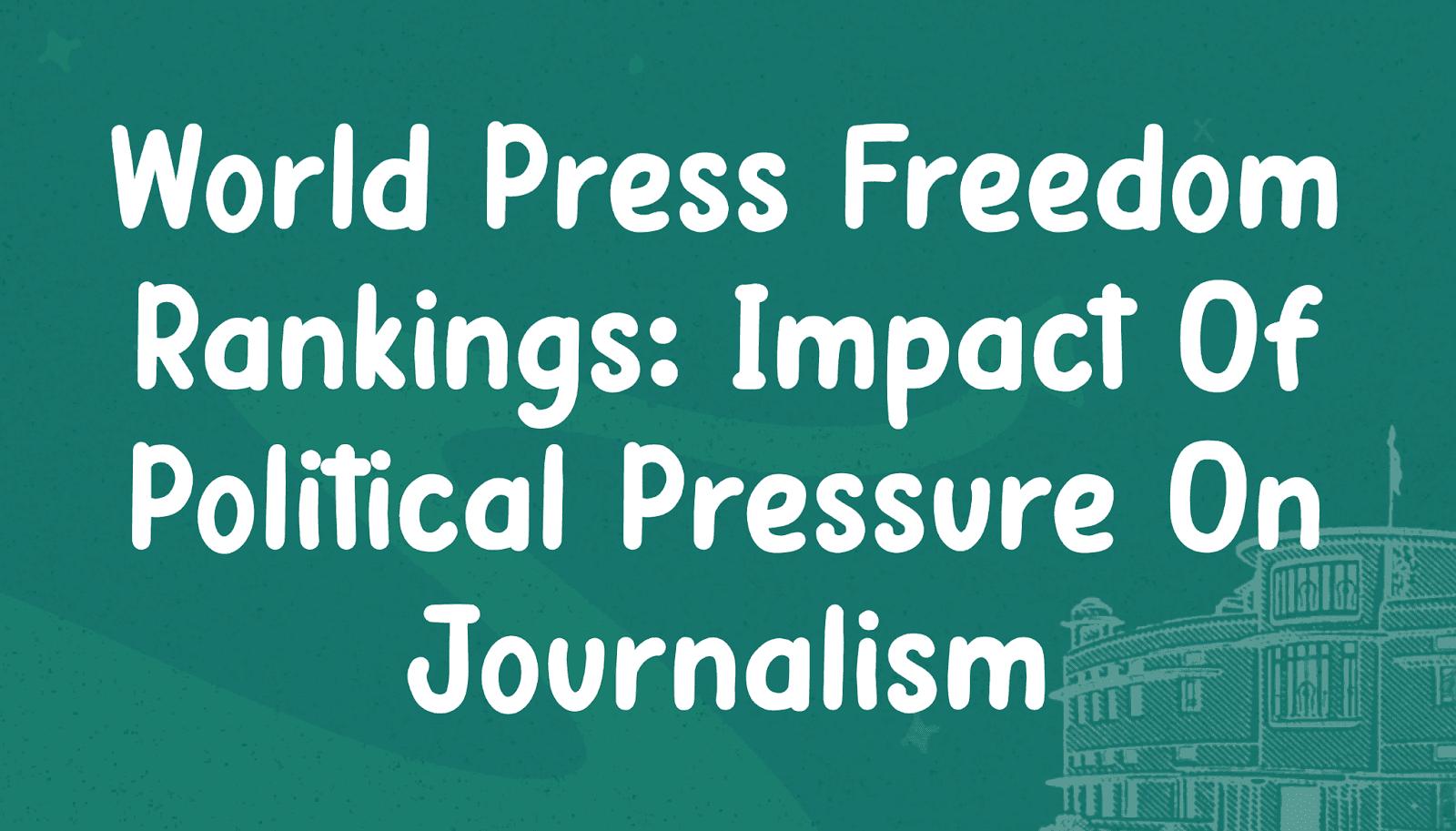UPSC Mains Answer Writing Practice Questions
SuperKalam
Feb, 2025
•10 min read
The UPSC Mains examination is the second stage of the Civil Services Exam and plays a key role in deciding a candidate’s selection for the interview stage. Unlike the Prelims, the Mains is a written exam where candidates answer nine descriptive papers, including General Studies, an Essay, and an Optional subject. The exam evaluates the ability to think critically, connect ideas across disciplines, and propose solutions to complex issues.
A key factor in succeeding in the UPSC Mains is mastering the art of answer writing. Understanding how to approach UPSC Mains questions and answers is crucial to effectively communicate your thoughts and score well.
This blog will guide you through essential answer writing techniques, strategies to structure your responses, and tips to present your answers effectively to maximise your scores.
Understanding Answer Writing in UPSC Mains
The Mains examination is descriptive, testing candidates' ability to present information logically and coherently. Effective answer writing is crucial for:
- Demonstrating Knowledge: Showcasing a comprehensive understanding of the subject matter.
- Analytical Skills: Evaluating issues critically and presenting balanced viewpoints.
- Communication: Conveying ideas clearly within the word limit.
The General Studies (GS) papers in the UPSC Mains examination are designed to test a candidate's knowledge across a wide range of topics, from current affairs to ethics. Here’s a breakdown of each GS paper and the key areas they cover:
|
General Studies Paper |
Topics Included |
|
General Studies 1 |
|
|
General Studies 2 |
|
|
General Studies 3 |
|
|
General Studies 4 |
|
Mastering answer writing for the UPSC Mains involves understanding the nuances of question directives and structuring responses effectively. To help you craft impactful answers, let’s explore some critical points that can elevate your approach to UPSC Mains questions and answers.
Critical Points for UPSC Mains Questions and Answers

Good answers do more than demonstrate knowledge. They highlight your ability to think critically and communicate effectively under time constraints. Here are a few points to keep in mind:
- Stick to the Word Limit: Adhering to the word count is non-negotiable. Writing more than specified may dilute your answer while writing less could make it appear incomplete. Ensure your response is comprehensive yet concise within the prescribed limit.
- For 10 marks: 150 words.
- For 15 marks: 200 - 250 words.
- For 20 marks: 300 words.
- For 25 marks: 350 - 400 words.
- Essay Paper: 1000 - 1200 words.
- Focus on Presentation: Legibility and organisation are crucial. Write in clear, readable handwriting and use headings, subheadings, tables, or diagrams where appropriate. Keep the language simple and easy to read. These elements improve clarity and make your answer visually appealing, which can positively impact scoring, especially in lengthy UPSC Mains questions and answers.
- Back Your Answers with Evidence: Support your arguments with facts, real-life examples, or case studies. This not only lends credibility to your response but also demonstrates your depth of knowledge.
- Choose Between Points or Paragraphs Wisely: Whether you write in points or paragraphs depends on your personal style and the nature of the question. Use points for straightforward questions that require listing ideas, and paragraphs for analytical or descriptive responses. Mixing both formats, where necessary, can also enhance readability.
- Adopt a Multi-Dimensional Approach: Your answers should provide a well-rounded perspective, addressing all aspects of the question. Think about the topic from various angles—social, political, economic, and more—and ensure your response reflects a 360-degree analysis.
It's essential to understand that the examiner has different expectations for answers in General Studies (GS) papers compared to Optional papers.
For the Optional papers, candidates are assessed as specialists in their chosen subject. Answers here should demonstrate an in-depth understanding of concepts, theories, and their applications. The level of detail and expertise required is higher, reflecting your mastery in the field.
In contrast, the GS papers require a broad yet well-rounded understanding of topics. While answers don't need to delve into highly specialised details, they should be multi-dimensional. For instance, a question on international relations should focus on the specific domain but can be enriched by linking it to areas such as polity, governance, social issues, or internal security. This interdisciplinary approach adds depth and variety to your responses, showcasing a well-informed and analytical mindset.
Many aspirants struggle to address what the examiner truly seeks, leading to incomplete or off-track responses. To tackle this, let’s explore how to decode UPSC Mains questions and answers effectively.
How to Decode UPSC Mains Questions and Answers Effectively

Effectively interpreting the UPSC Mains questions is the first step toward crafting a compelling answer. The UPSC employs specific directives and expects a particular response style, which, if misunderstood, can derail even the most knowledgeable candidate.
Key Steps to Decode Questions:
- Identify Keywords and Directives: Recognize action words like "evaluate," "describe," or "analyse," which dictate the structure of your answer. Understanding these directives affects how you approach your response.
Here’s a simplified table with UPSC Mains questions and answers tips:
|
Directive |
Example |
Tips to Approach |
|
Comment |
"The Preamble of the Constitution is the horoscope of our sovereign democratic republic." (UPSC 2014, GS Paper II) |
- Interpret the statement: Understand the metaphor of the Preamble as a 'horoscope' and its implications. - Provide insights: Discuss how the Preamble reflects the foundational values and future aspirations of India. - Support with examples: Cite instances where the Preamble's principles have guided constitutional interpretations or policies. |
|
Examine |
"Critically examine whether growing population is the cause of poverty or poverty is the main cause of population increase in India." (UPSC 2015, GS Paper I) |
- Present both perspectives: Analyse arguments supporting both views—population growth leading to poverty and vice versa. - Use data and studies: Incorporate statistical evidence and research findings to substantiate each viewpoint. - Provide a balanced conclusion: Weigh the arguments and offer a reasoned judgement on the interrelationship between population growth and poverty. |
|
Discuss |
"Discuss the impact of globalisation on the aged population in India." (UPSC 2013, GS Paper I) |
- Define key terms: Briefly explain 'globalisation' and its relevance to the aged population. - Explore multiple dimensions: Examine economic, social, and cultural impacts of globalisation on the elderly. - Include examples: Reference specific policies, societal changes, or case studies illustrating these impacts. - Conclude with insights: Summarise the overall effects and suggest measures to address challenges faced by the aged in a globalised context. |
|
Evaluate |
"Evaluate the role of the National Horticulture Mission (NHM) in boosting the production, productivity, and income of horticultural farmers." (UPSC 2014, GS Paper III) |
- Outline NHM objectives: Briefly describe the mission's goals and initiatives. - Assess achievements: Analyse data on production, productivity, and income levels before and after NHM implementation. - Identify challenges: Discuss any shortcomings or areas where NHM has underperformed. - Provide a reasoned judgement: Based on the analysis, conclude on the overall effectiveness of NHM in achieving its objectives. |
|
Explain |
"Explain how private-public partnership arrangements, in long gestation infrastructure projects, can transfer unsustainable liabilities to the future." (UPSC 2014, GS Paper III) |
- Clarify concepts: Define private-public partnerships (PPPs) and long gestation infrastructure projects. - Detail the mechanism: Describe how PPPs are structured and financed. - Highlight issues: Explain how certain PPP arrangements can lead to future liabilities, such as cost overruns or revenue shortfalls. - Use examples: Reference specific projects where such liabilities have occurred. - Conclude with recommendations: Suggest ways to structure PPPs to mitigate future financial risks. |
|
Analyse |
"Analyse the factors responsible for the rapid growth of communalism in India." (UPSC 2017, GS Paper I) |
- Break down the issue: Identify and categorise various factors—historical, political, economic, and social—that contribute to communalism. - Examine interconnections: Discuss how these factors interplay and reinforce communal sentiments. - Use examples: Cite specific incidents or trends that exemplify the rise of communalism. - Conclude with insights: Summarise the analysis and suggest measures to counteract communalism. |
|
Substantiate |
"The penetration of Self-Help Groups (SHGs) in rural areas in promoting participation in development programmes is facing socio-cultural hurdles." (UPSC 2017, GS Paper II) |
- State the assertion: Acknowledge the role of SHGs in rural development. - Provide evidence: Present data or case studies showing socio-cultural challenges faced by SHGs, such as gender biases or caste dynamics. - Analyse the impact: Discuss how these hurdles affect the effectiveness of SHGs in development initiatives. - Conclude with solutions: Suggest measures to overcome these socio-cultural barriers to enhance SHG participation. |
Example for Historical Context: When asked about the impact of British policies on Indian agriculture, start by outlining the pre-colonial agricultural scenario, discuss changes introduced during the British era, and conclude with their long-term impacts.
The Structure of a Good Answer
A structured answer not only presents information clearly and logically but also makes it easier for the examiner to evaluate your answer effectively. The structure should include an introduction, a well-organised body, and a concise conclusion.
- Start with an Engaging Introduction
An introduction is your first impression, and a strong one can grab the examiner’s attention while setting the right tone for your answer. It should not just state the topic but also intrigue the reader to explore the body further.
Approaches for Effective Introductions:
- Historical Lens: Begin with a brief historical context to provide depth.
Example: "The concept of cooperative federalism, rooted in the Government of India Act of 1935, has evolved to play a pivotal role in India’s governance model."
- Quotation-Based: Start with a relevant quote to add weight to your introduction.
Example: "As Granville Austin described, the Indian Constitution is ‘a seamless web of cooperative federalism,’ balancing autonomy and unity in governance."
- Problem-Oriented: Introduce the question by framing a problem or challenge.
Example: "With rising fiscal tensions among states, the need for true cooperative federalism has never been more urgent."
Practical Tip: Tailor the introduction to the marks assigned. A 10-mark question requires a concise introduction (20-30 words), whereas a 15-mark question can accommodate a slightly elaborate opening (30-50 words).
By varying your introduction styles, you can maintain originality in answers and stand out from the crowd.
- Develop a Comprehensive Body
The body of your answer is where you demonstrate your knowledge, analytical skills, and ability to present arguments cohesively. Adding new perspectives and tools can make your responses stand apart.
Advanced Strategies for Structuring the Body:
- Add Case Studies or Success Stories: Real-world examples elevate your answer by showing practical applications.
Example: "The coordination during the COVID-19 pandemic, where the central government supplied resources while states implemented localised lockdowns, showcases effective cooperative federalism."
- Highlight Contradictions or Trade-offs: Demonstrating an ability to critically evaluate issues enriches your answer.
Example: "While the GST Council promotes fiscal collaboration, its one-size-fits-all approach often disregards regional economic differences."
- Use Comparative Analysis: Compare with international systems where relevant.
Example: "Unlike the United States, where federalism grants states significant autonomy, India’s cooperative federalism operates under the principle of 'unity in diversity.'"
- Thematic Subsections: For a multifaceted question, break the body into specific themes, such as:
- Economic Cooperation: Discuss schemes like Smart Cities Mission requiring centre-state collaboration.
- Social Programs: Highlight initiatives like Poshan Abhiyaan driven by joint efforts.
- Political Challenges: Address centre-state conflicts over subjects like law enforcement.
Practical Tip: Use paragraph connectors such as “this leads to,” “building on this point,” or “a contrasting perspective reveals” to enhance logical flow between sections.
- Conclude Effectively
A strong conclusion ties the argument together and leaves the examiner with a lasting impression. Beyond summarising, an impactful conclusion provides actionable insights or a vision for the future.
New Approaches for Conclusions:
- Vision-Oriented: Propose a futuristic solution.
Example: "A comprehensive review of fiscal devolution and the creation of platforms for continuous dialogue between states and the centre can solidify India’s federal structure."
- Ethical Angle: Add a moral or ethical dimension to your closing remarks.
Example: "Strengthening cooperative federalism is not just a constitutional imperative but also a moral obligation to ensure inclusive and equitable development."
- Global Benchmarking: Refer to best practices from other nations to end on an aspirational note.
Example: "India can draw inspiration from Germany’s fiscal equalisation system to mitigate disparities among states."
Practical Tip: Avoid generic phrases like “more efforts are needed.” Instead, focus on precise measures and outcomes.
It's equally important to see how these can be applied in a practical context. Let’s explore a detailed framework for crafting effective responses with an application example to better understand the nuances.
Application Example: Full UPSC Mains Questions and Answers Framework
Question: Critically examine the role of cooperative federalism in mitigating regional disparities in India.
- Introduction:
Begin with a quote or definition: "Cooperative federalism, as envisioned in the Indian Constitution, seeks collaboration between the centre and states to address developmental inequalities."
Mention its relevance: "This model is particularly vital for addressing India's stark regional disparities."
- Body:
Economic Dimensions:
Positive: "The Finance Commission's revenue devolution formula has reduced fiscal inequality, with states like Bihar benefiting significantly from central transfers."
Challenge: "The uneven distribution of GST revenues has created financial stress for resource-poor states, as noted in the CAG Report, 2022."
Social Programs:
Positive: "The PM-JAY scheme exemplifies effective collaboration in healthcare delivery."
Challenge: "Implementation gaps due to inter-state administrative inefficiencies undermine outcomes."
Political Dynamics:
Positive: "Centrally sponsored schemes like Swachh Bharat require state-specific customisation."
Challenge: "Political rivalries often impede consensus in initiatives like the National Education Policy."
- Conclusion:
Summarise: "Cooperative federalism has achieved notable successes but faces implementation challenges."
Suggest: "A long-term solution involves empowering states with greater financial autonomy while fostering accountability through transparent performance metrics."
Want to master UPSC answer writing? Watch this comprehensive lesson on the I-B-C technique (Introduction-Body-Conclusion) and learn how to kickstart your answer-writing journey for UPSC CSE 2025-26: Perfect Strategy for Mains Answer Writing | A Complete Guide | SuperKalam
Utilising UPSC Mains Questions and Answers for Practice
Engaging with previous years' UPSC Mains questions and answers is invaluable. It helps in:
- Understanding Exam Patterns: Analyse sample answers for UPSC mains to understand what evaluators look for.
- Self-Assessment: Comparing your answers with model responses to identify areas for improvement. Use online resources like SuperKalam to enhance your preparation with curated materials and expert mentorship.
- Time Management: Practising under timed conditions (3 hours) to enhance efficiency.
Learn how to create an effective daily and monthly timetable tailored to the UPSC exam cycle.
Why SuperKalam is Your Ultimate Practice Partner
Mastering the art of answer writing is essential for success in the UPSC Mains examination. With consistent practice, a structured approach, and focused preparation, you can excel in answering even the toughest UPSC Mains questions and answers.
SuperKalam is designed to help you master the art of answer writing with:
- A vast repository of sample answers for UPSC mains tailored to past questions.
- Expert feedback to refine your answers and maximise your scores.
- Regular practice sets based on current UPSC trends.
Ready to take your answer writing to the next level? Sign up with SuperKalam now and secure your success! Join SuperKalam today and transform your preparation with personalised guidance!


